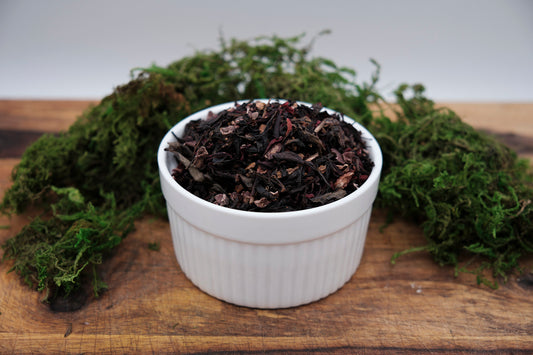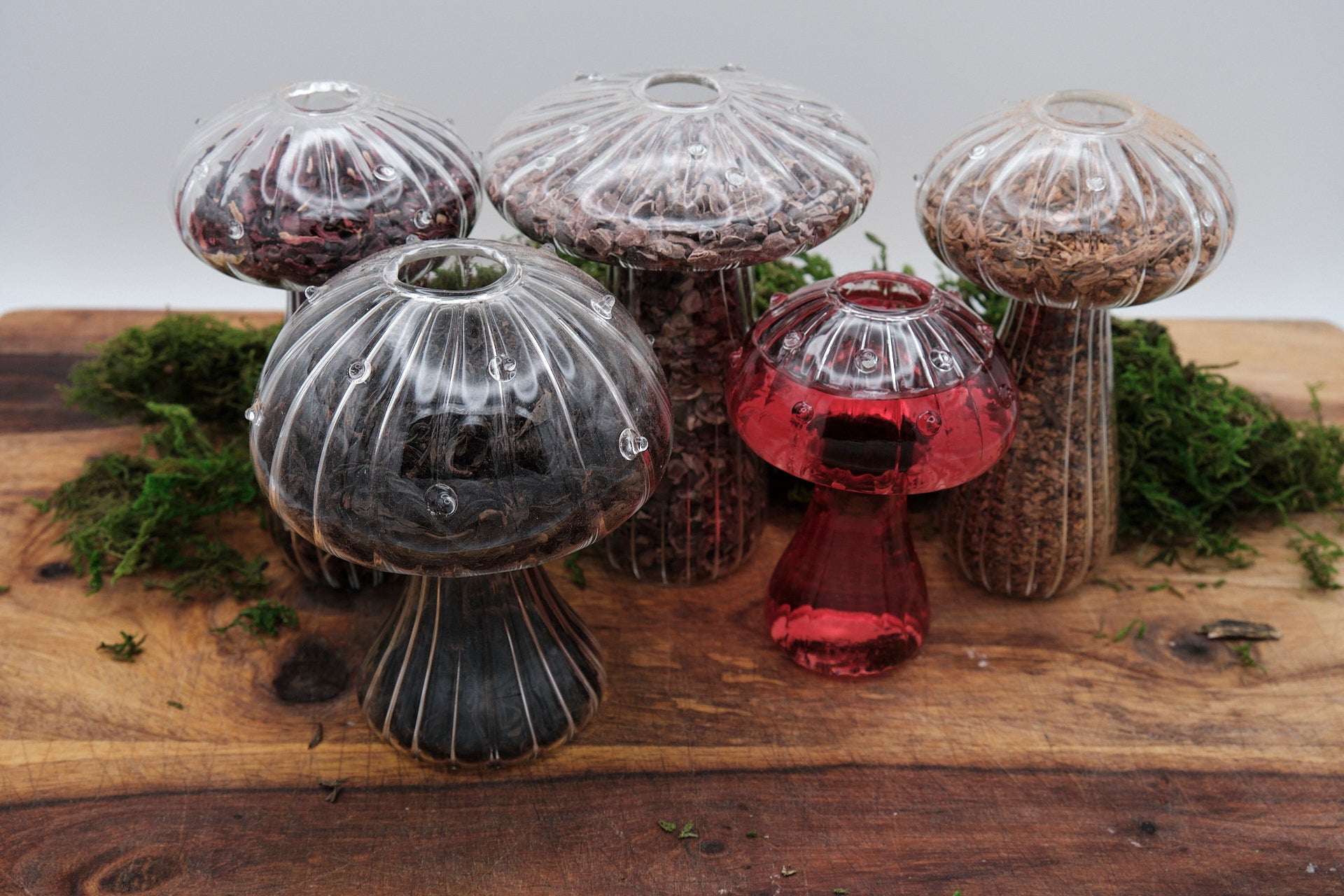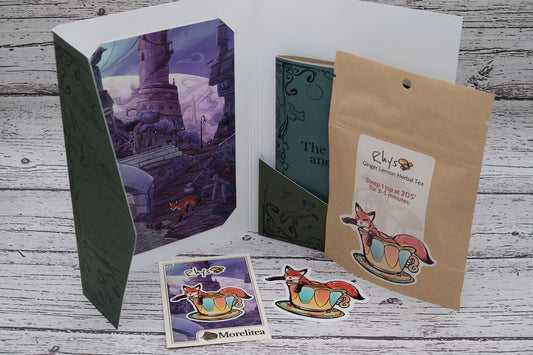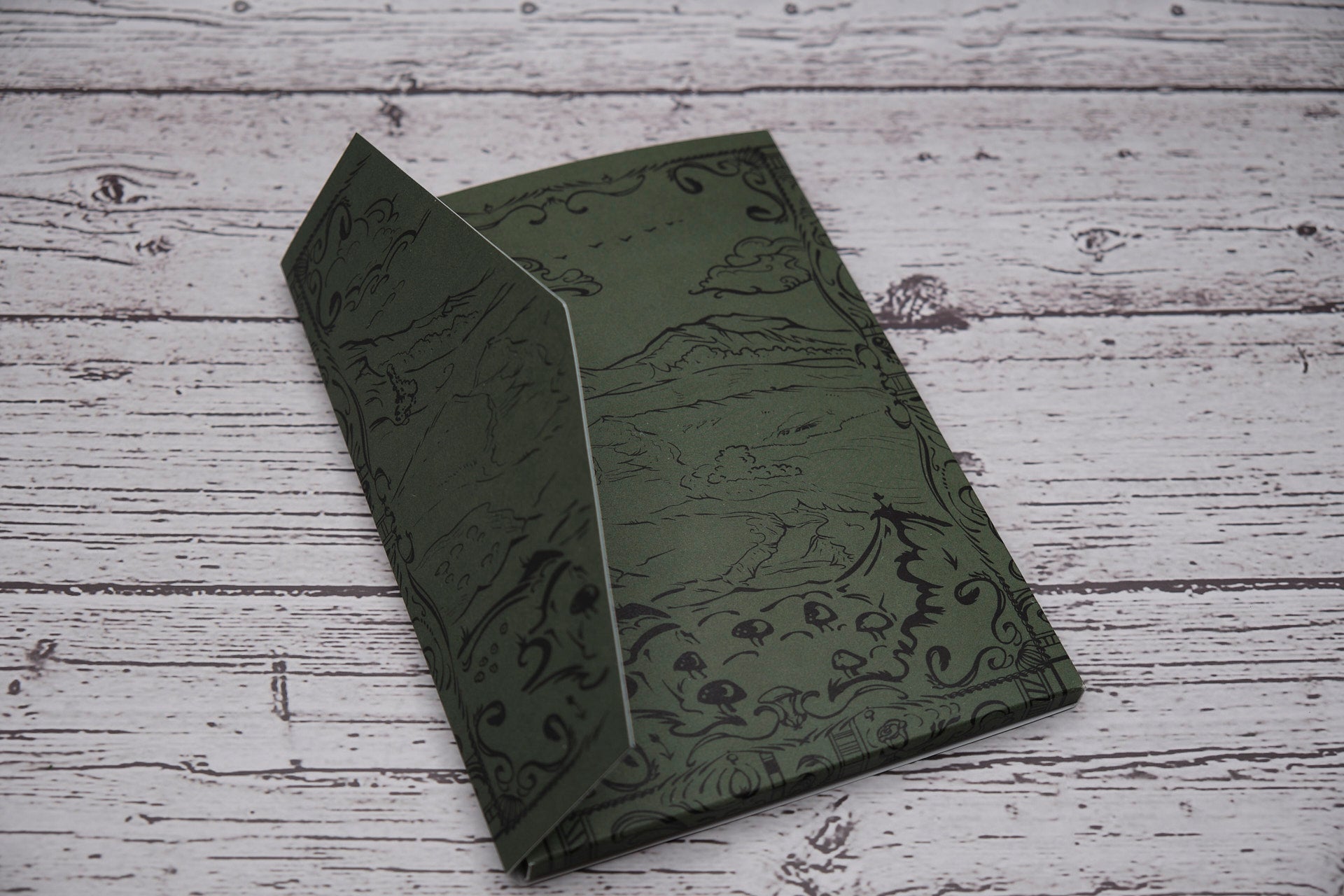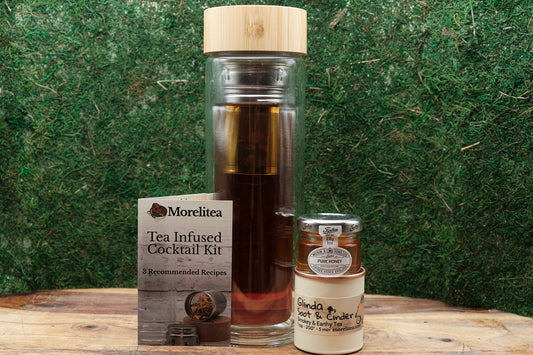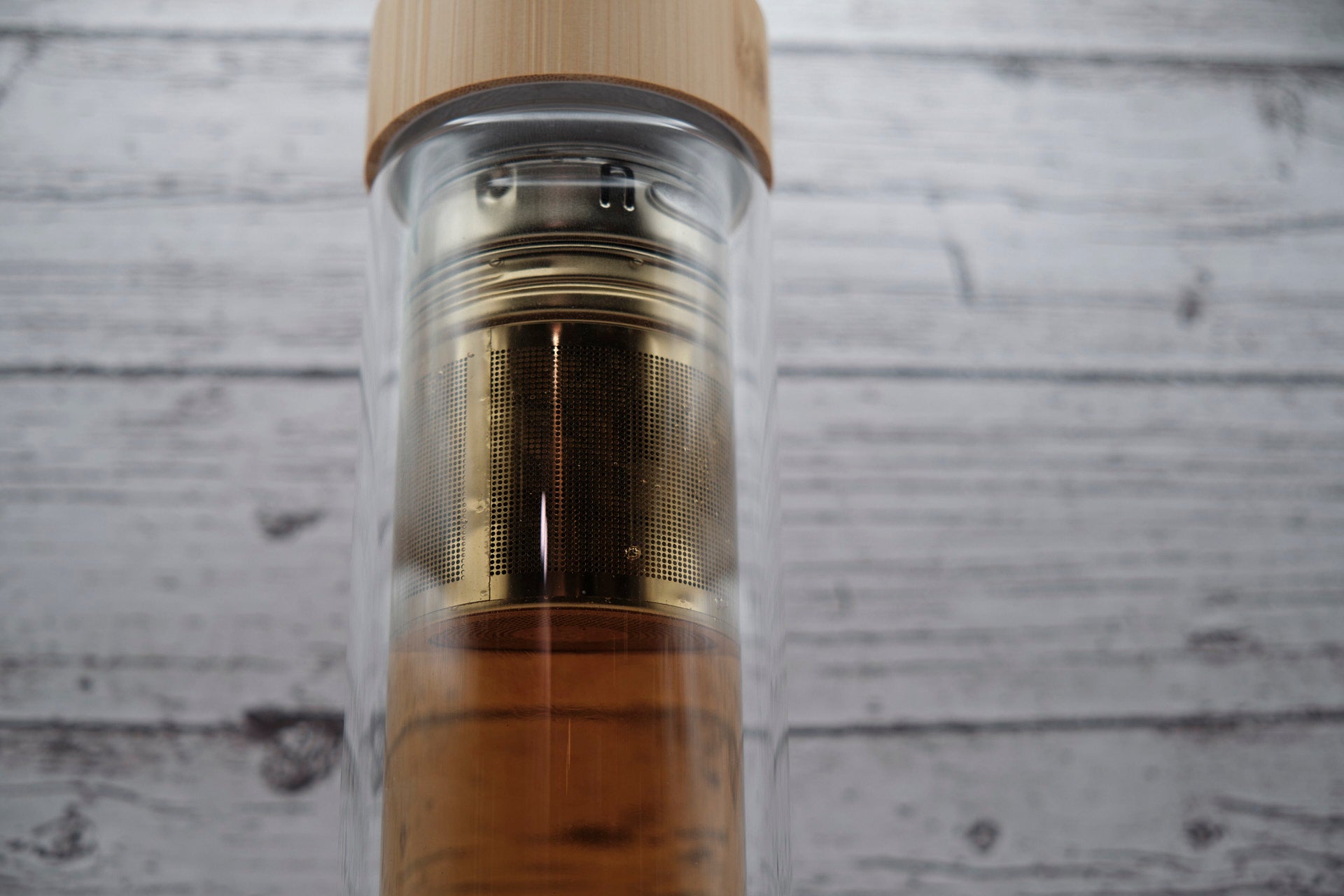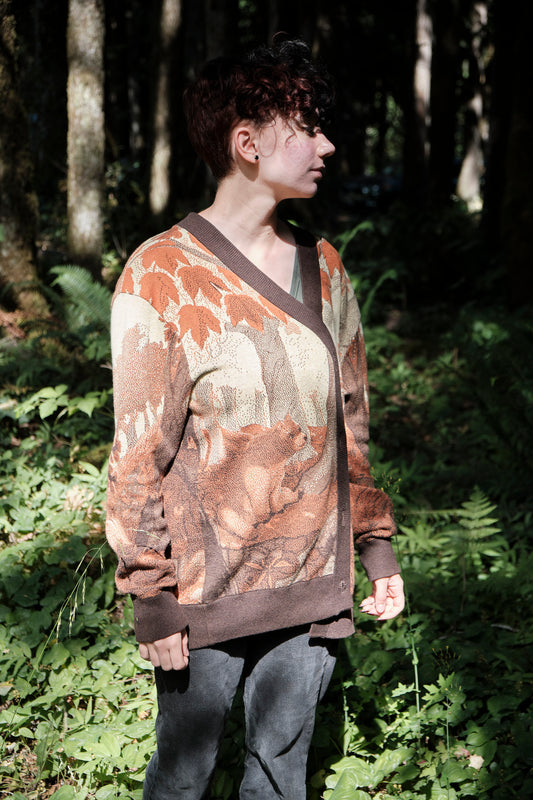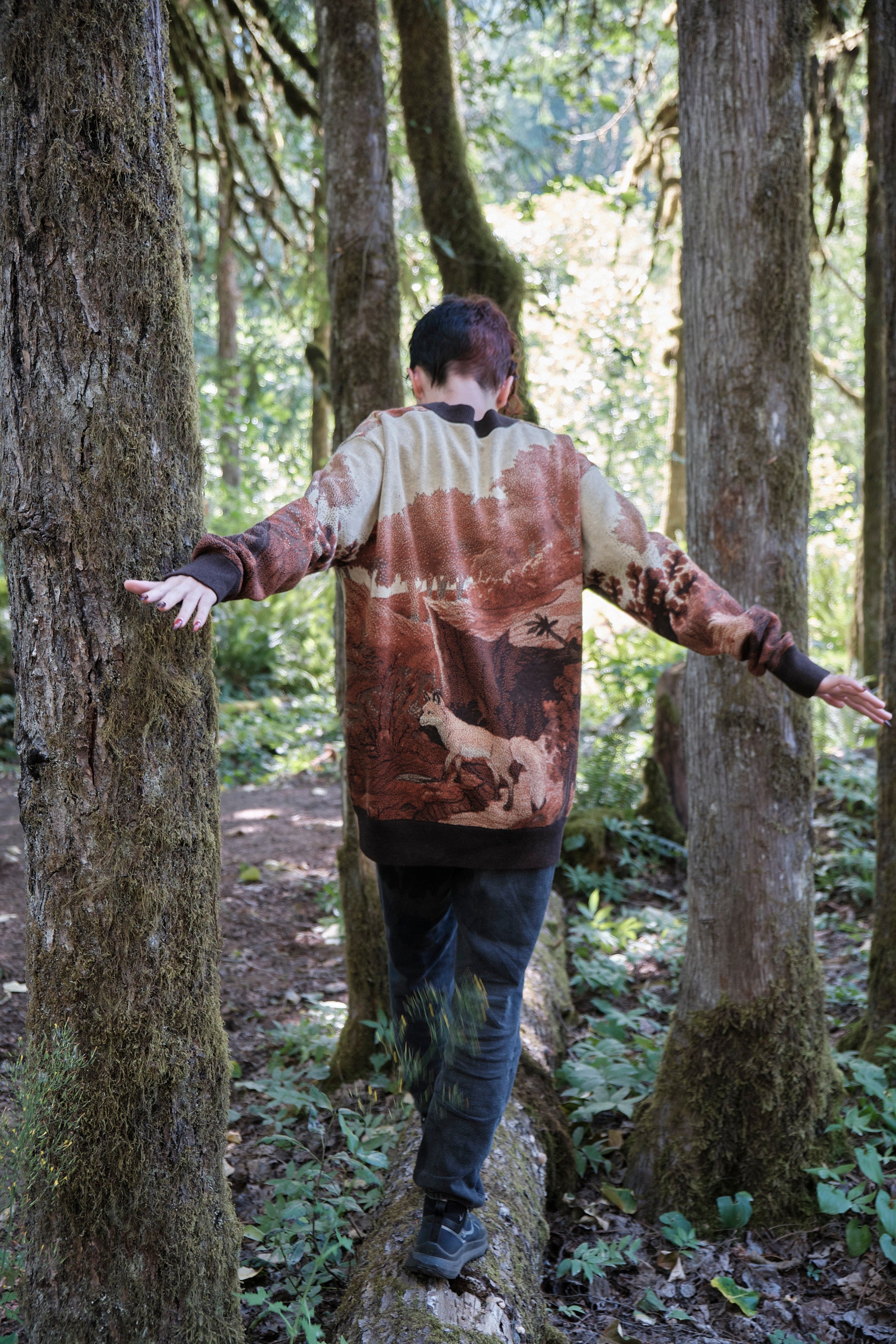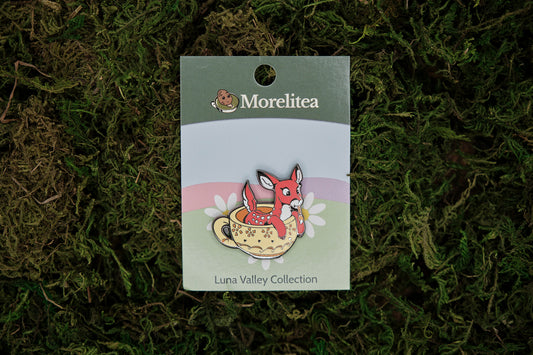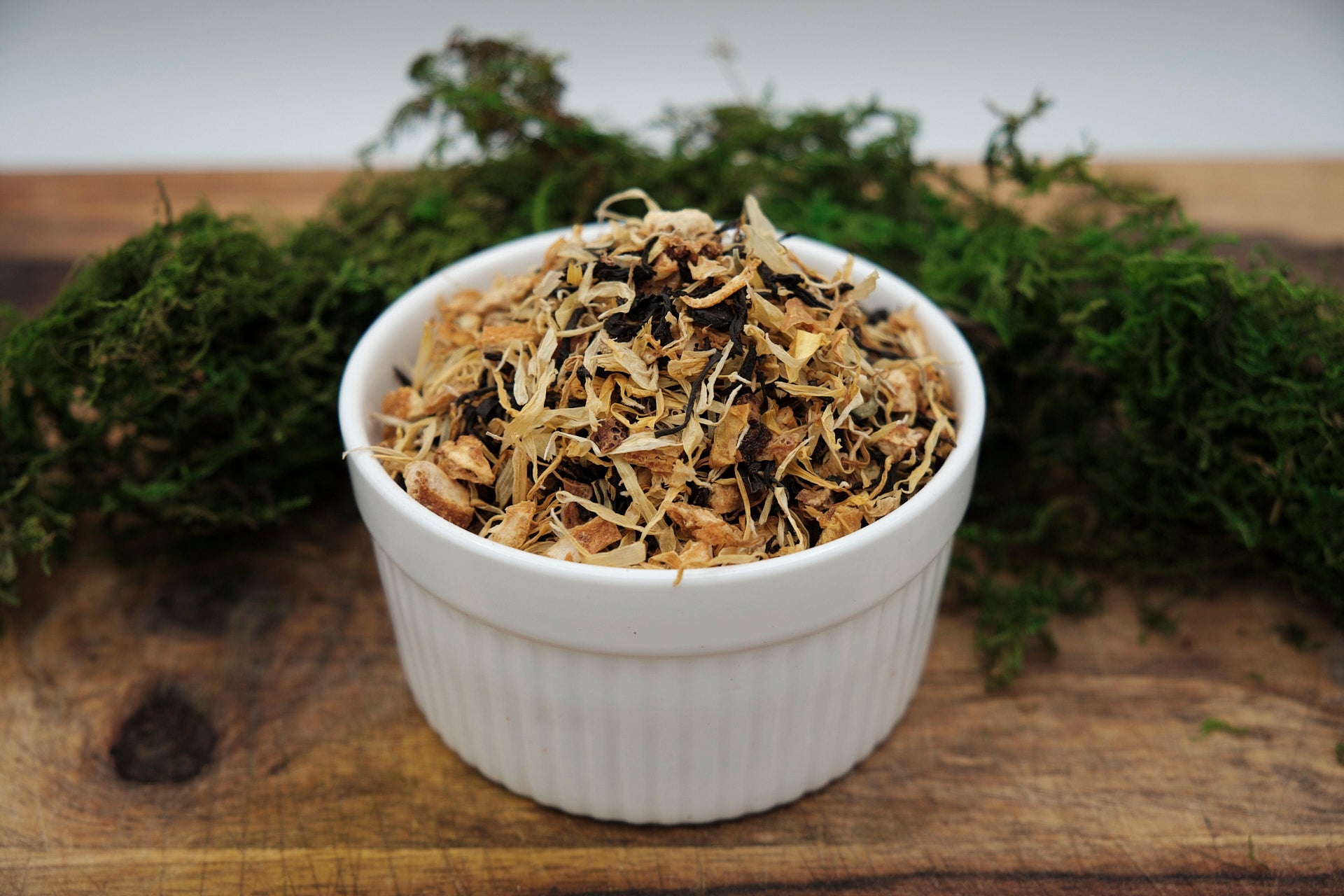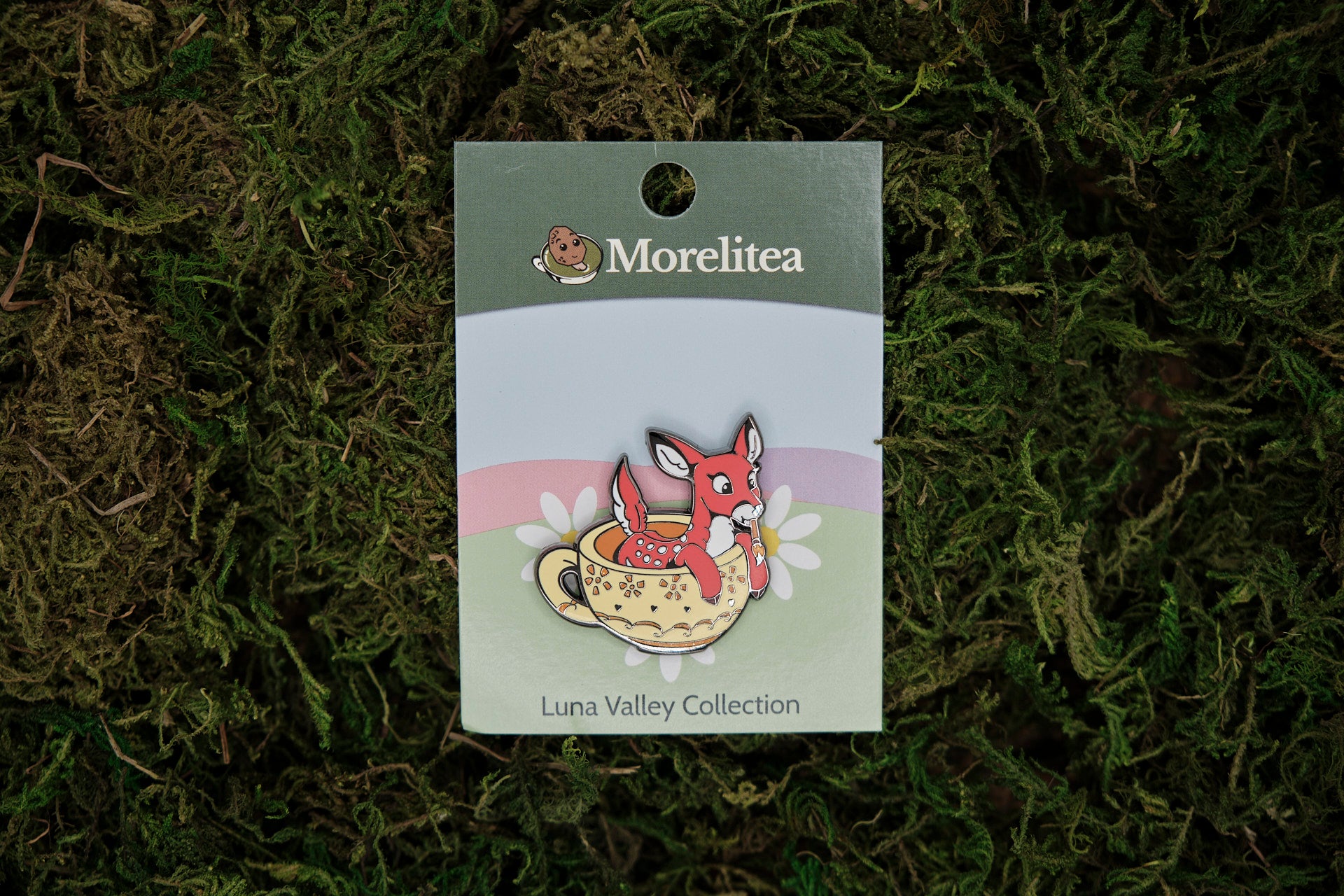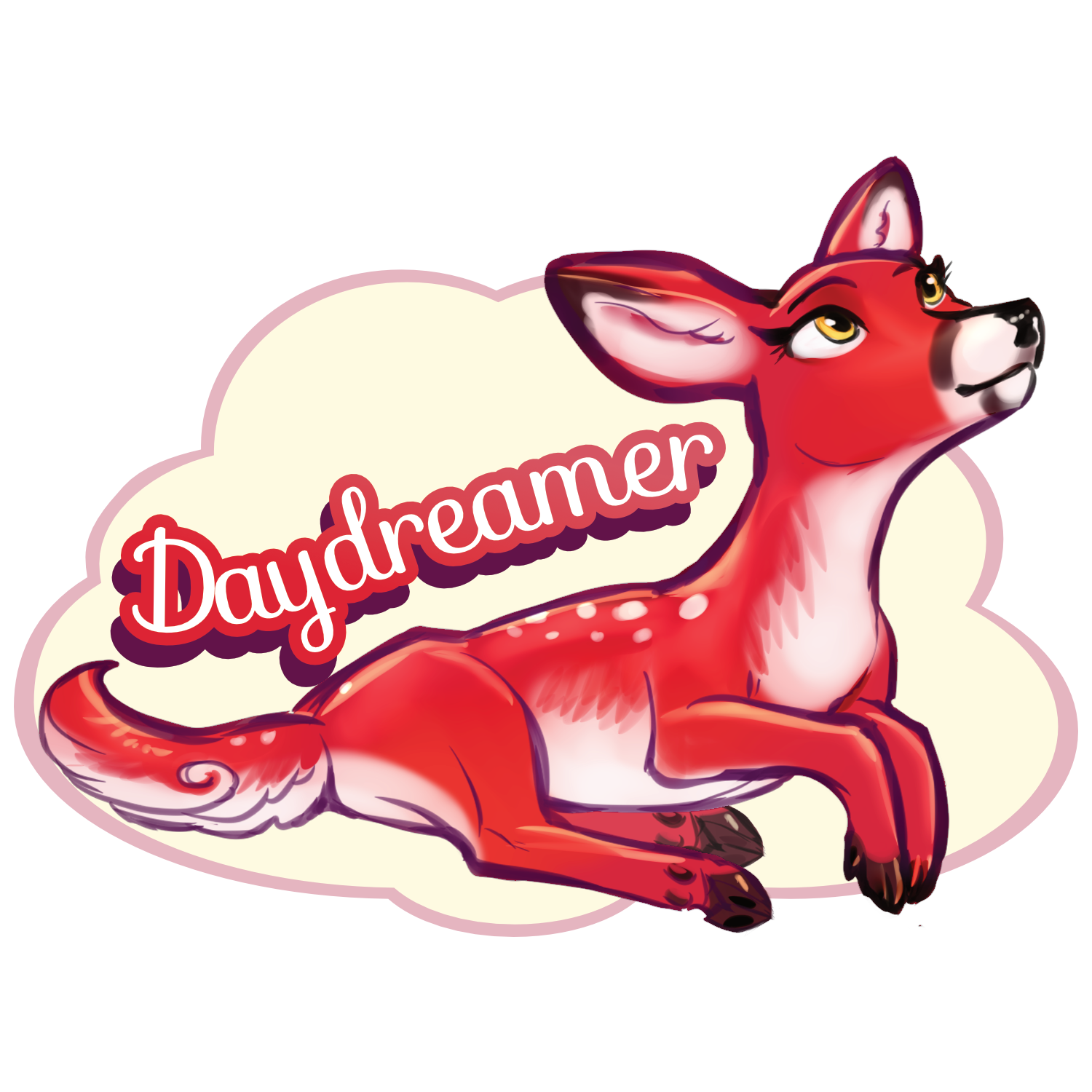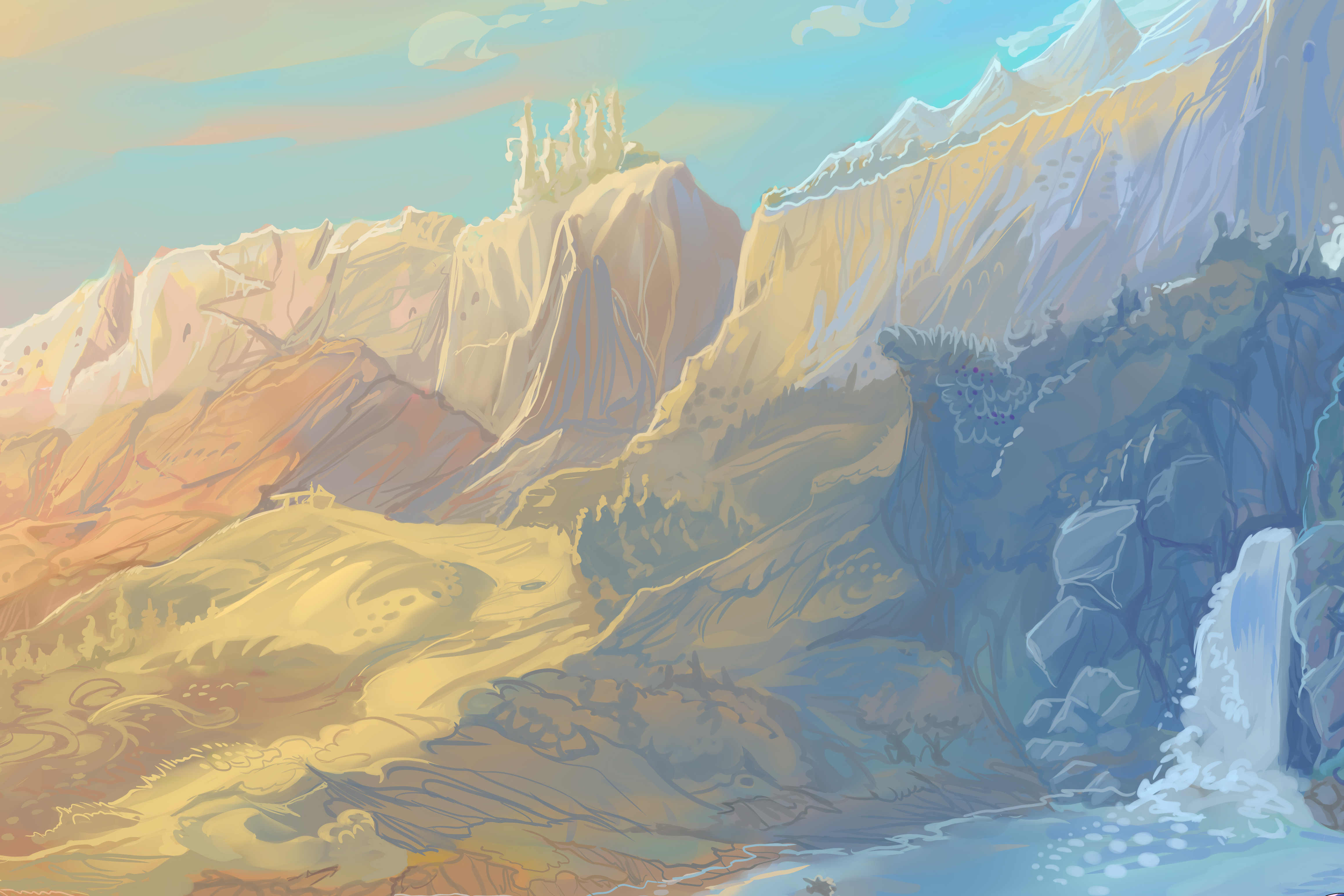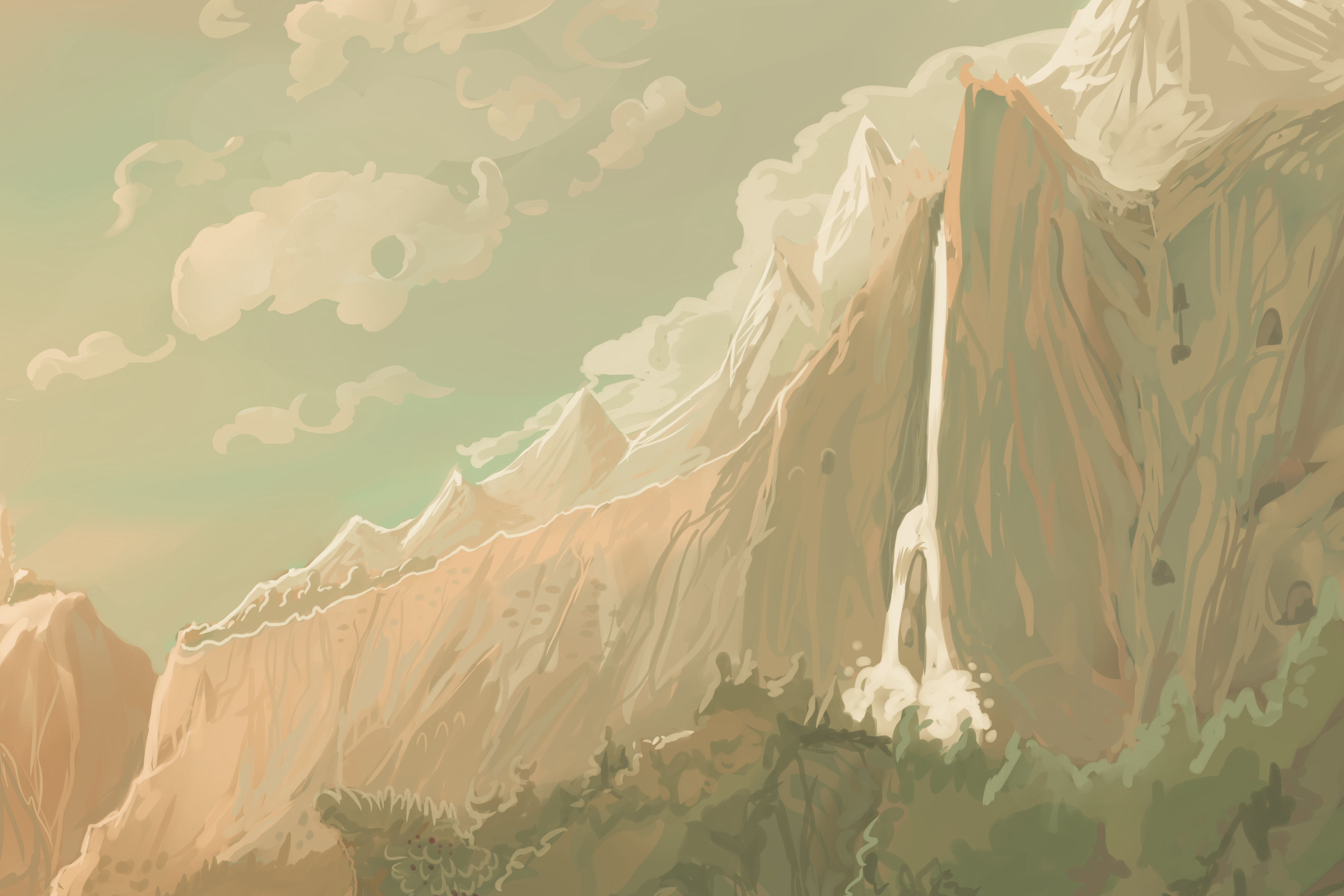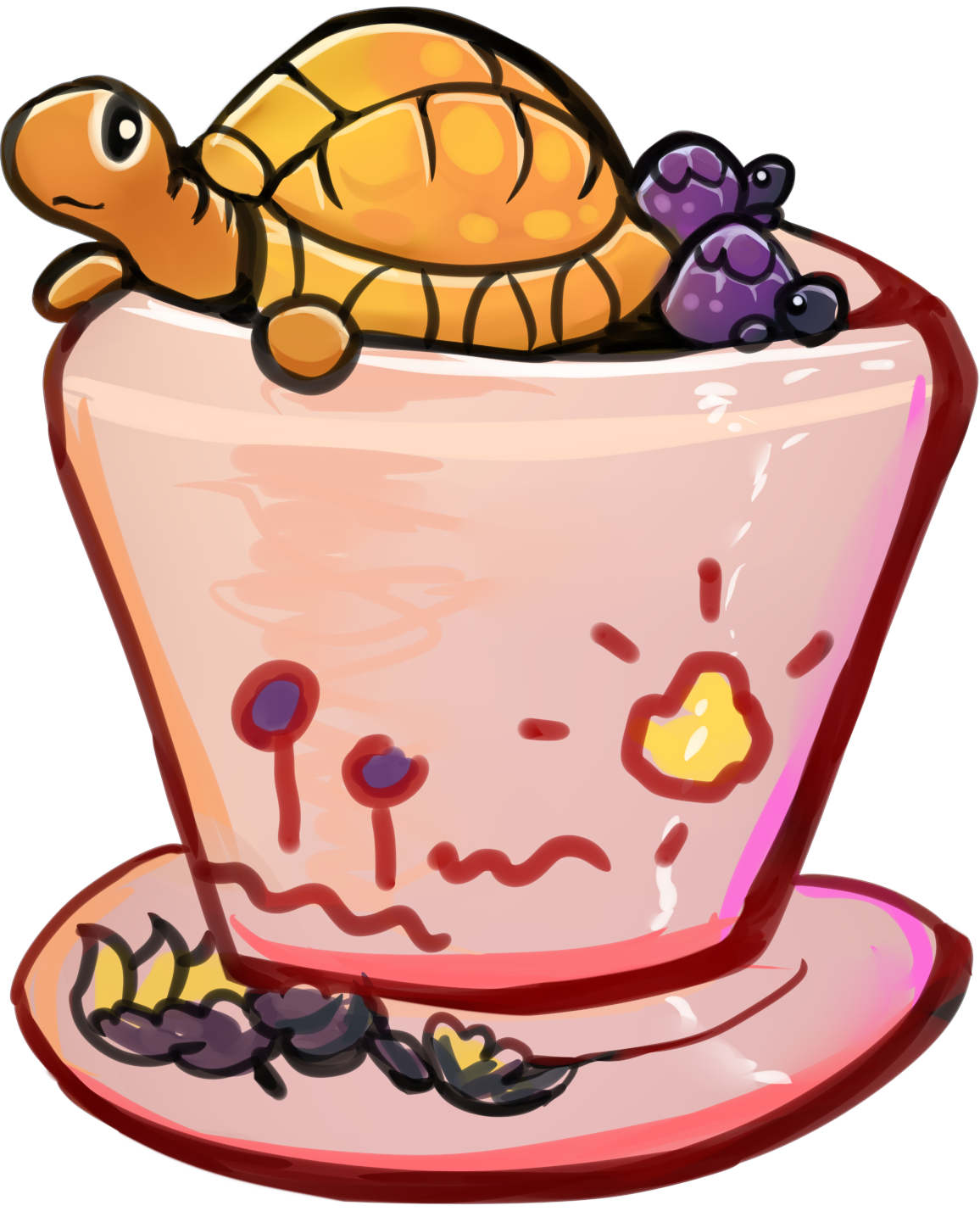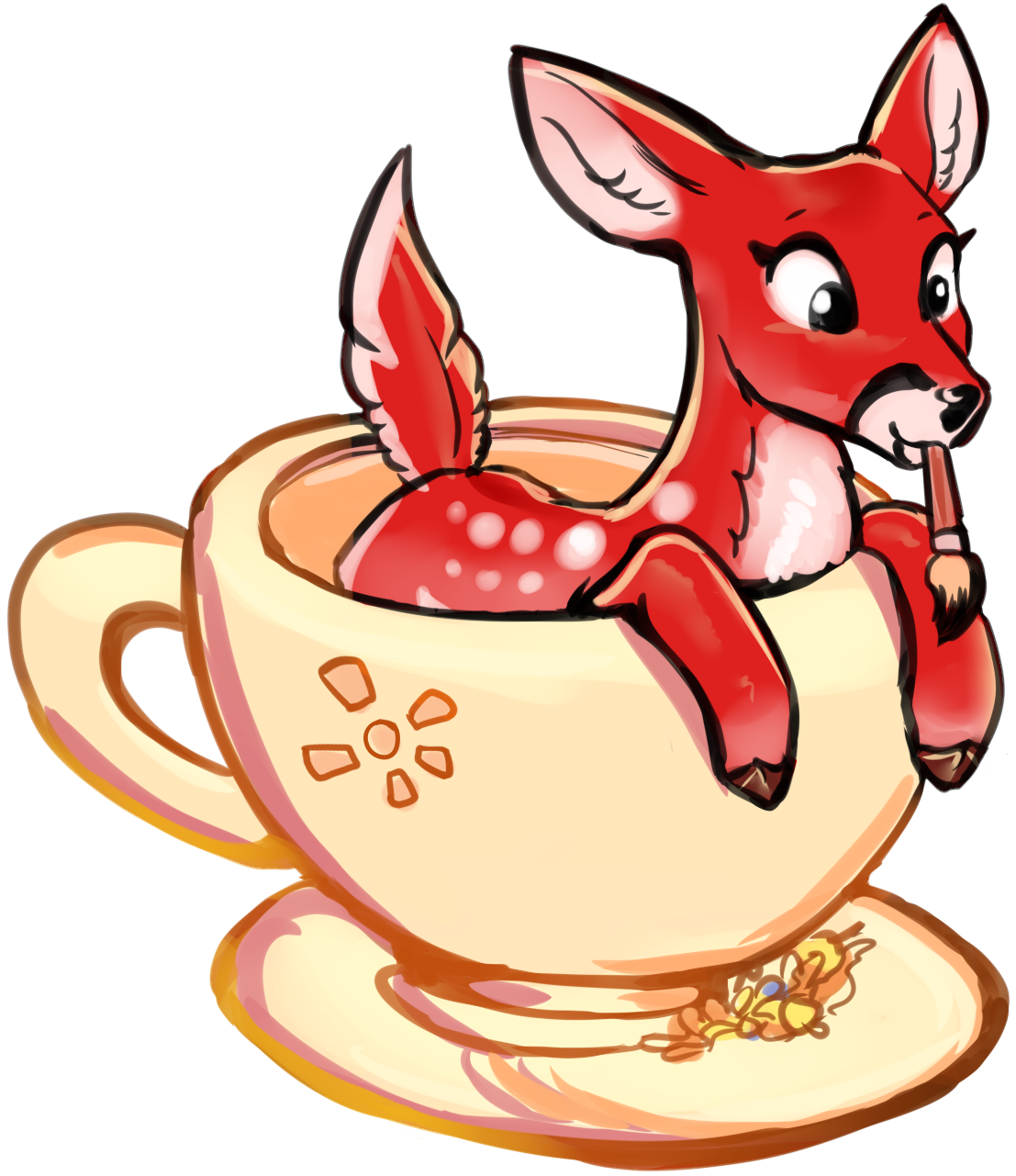No tiene un acento muy marcado debido al constante movimiento que implica estar en un lugar como Luna Valley. Muchas palabras son prestadas de los Beyonders, que se introducen en la jerga local y confunden a la gente que no es de allí.
Diferencias regionales
Cada región de Mycorzha tiene muchas creencias y valores compartidos, pero aun así cada una tiene aspectos que las hacen únicas.
Para obtener más información sobre creencias compartidas, festividades y aspectos culturales en las Islas, visite Mycorzha Wiki ↦
Read more
Dialecto
Espiritualidad
El Valle de la Luna es una zona menos espiritual, debido en parte a la mezcla de culturas, pero también a que puede estar más desconectado de los ciclos de la naturaleza en este valle siempre abundante. Dicho esto, nadie tomaría un hongo sin agradecerle a la tierra sus bendiciones, aunque a estas alturas sea tan normal como decir "salud" después de un estornudo. Como en muchas culturas que dependen de una fuente clave de agua, los funerales se celebran en embarcaciones enviadas al mar. Las criaturas se envuelven en una tela limpia hecha de hongos y se adornan con sus tés, flores y otros elementos de la vida favoritos. Se cree que la diosa del río te lleva por la Luna hasta los misterios, un lugar "intermedio" al que los vivos no pueden acceder. Las criaturas del río del Valle de la Luna tienen una creencia religiosa única, sobre la que puedes aprender más en la sección de subculturas.
Aprenda más sobre la espiritualidad en las islas
Arte
El arte aquí está fuertemente influenciado por la ciudad, colorido y brillante, con distintivos patrones geométricos por todas partes, pero los tonos se suavizan en tonos pastel para integrarse con los campos de flores que cubren gran parte del valle. Quienes viven aquí tienden a valorar la simetría y la practicidad en sus diseños. El desorden generalmente está mal visto, por lo que los diseños grandiosos y ornamentados se consideran bastante excéntricos. Al ser uno de los pocos lugares con residencias permanentes, algunas de las cuales se remontan a varias generaciones de una misma familia, las casas que se encuentran aquí tienden a ser muy autoexpresivas gracias a los muchos años de cuidadoso cultivo. Se utilizan trenzas sencillas hechas de vides viejas arrancadas de las orillas del río como acentos, y las cestas de río que antaño transportaban mercancías pero que tuvieron una fuga se reutilizan como macetas donde muchos cultivan deliciosas hierbas y flores que no son del valle para disfrutarlas todo el año.
Vacaciones
Como en toda la región, Luna Valley celebra los cuatro cambios de estación principales. Las festividades aquí son enormes, y cada día se celebra el cambio de estación, adornando las madrigueras y nidos con decoración natural de la temporada, y se celebran banquetes comunitarios al aire libre donde la gente comparte libremente su comida y tés. Algunos de los más competitivos se esfuerzan al máximo para crear presentaciones gastronómicas nuevas y artísticas para impresionar a sus vecinos, incluso planeando solo una festividad durante todo un año para lograrlo. Quienes son religiosos o espirituales, y muchos que simplemente lo consideran un poco extravagante, preparan estos alimentos con los objetos bendecidos de esa festividad. Tradicionalmente, en Luna Valley, se hornea (o se infusiona) una bendición en los platos que se preparan, con la idea de que trae buena (o mala...) suerte a quienes disfrutan de la comida. Esto suele considerarse una tontería, pero no es inusual culpar a los vecinos de la mala suerte cocinando, como un toque divertido. Aquellos que intentan impresionar a los padres de un amante siempre se asegurarán de decir que la comida de sus padres es la culpable de todo su éxito reciente.
Conozca las 4 festividades más importantes de las Islas
Actividades e intereses comunes
El valle de Luna tiene un ritmo un poco más dinámico que la mayor parte del territorio, con gente que disfruta explorando, haciendo tubing por el río y organizando eventos comunitarios para celebrar festividades o simplemente jugando juegos que mantienen a la gente al aire libre. No es raro que aquí se formen grupos de pasatiempos que se reúnen para compartir actividades como pintar, jugar a juegos de trivia o crear mezclas de té. La mezcla de culturas y criaturas de la zona permite que la mayoría de la gente tenga amigos de todo tipo, y los pasatiempos compartidos les ayudan a forjar lazos más estrechos, comunes en las zonas menos pobladas.
Flora y fauna
✦ Anillo de hadas (Marasmius oreades)
✦ Hongo de campo (Agaricus campestris)
✦ Gorro de tinta peludo (Coprinus comatus)
✦ Parasol falso (Chlorophyllum molybdites)
✦ Conocybe apala (gorro de burro blanco)
✦ Viuda llorona (Lacrymaria velutina)
✦ Hongo Parasol (Macrolepiota procera)
✦ Hongo ramita desaliñado (Tubaria furfuracea)
✦ Morilla común (Morchella esculenta)
✦ Ángel destructor (Amanita bisporigera)
✦ Seta de lobo (Calvatia gigantea)
✦ Cesta Stinkhorn (Lysurus cruciatus)
✦ Molinete (Marasmius rotula)
✦ Leucoagaricus leucothites (Picadillo blanco)
✦ Agárico de mosca (Amanita muscaria)
✦ Equinácea (Echinacea purpurea)
✦ Margarita gloriosa (Rudbeckia hirta)
✦ Falso índigo (Baptisia australis)
✦ Aster aromático (Symphyotrichum oblongifolium)
✦ Girasol falso (Heliopsis helianthoides)
✦ Hierba mariposa (Asclepias tuberosa)
✦ Bergamota salvaje (Monarda fistulosa)
✦ Aronia melanocarpa
✦ Caquis (Diospyros virginiana)
✦ Uvas Silvestres (Vitis riparia)
✦ Papayas (Asimina triloba)
✦ Maracuyá morada (Passiflora incarnata)
✦ Avena silvestre (Chasmanthium latifolium)
✦ Schizachyrium scoparium (Planta de tallo azul pequeña)
✦ Pasto varilla (Panicum virgatum)
✦ Hierba india (Sorghastrum nutans)
✦ Cercis canadensis
✦ Avellana americana (Corylus americana)
✦ Té de Nueva Jersey (Ceanothus americanus)
✦ Hamamelis (Hamamelis virginiana)
✦ Physocarpus opulifolius
✦ Roble Bur (Quercus macrocarpa)
✦ Nogal americano (Carya ovata)
✦ Nogal negro (Juglans nigra)
✦ Almez (Celtis occidentalis)
